Chrysanthemums are gorgeous flowers whose special charm is that they begin to bloom in the fall, when the vast majority of flowers have already faded. Certain Chrysanthemum Species care in the fall and preparation for winter badly needed. Therefore, each variety is selected different ways of preparing for the cold.
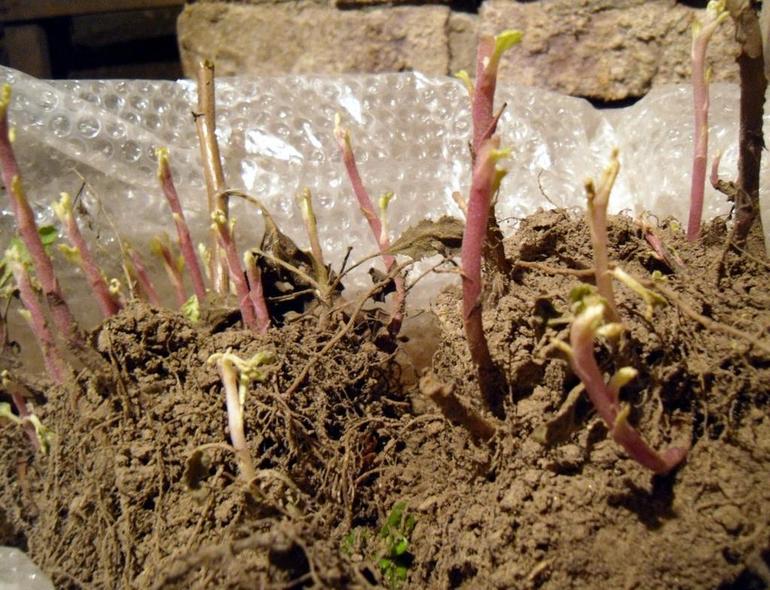
Content
Features of caring for chrysanthemums
Some people believe that these flowers do not require special care in different seasons. Unfortunately, this is a wrong judgment. To survive in the winter, chrysanthemums must be carefully and meticulously prepared.
By resistance to frost, all chrysanthemums can be divided into several groups:
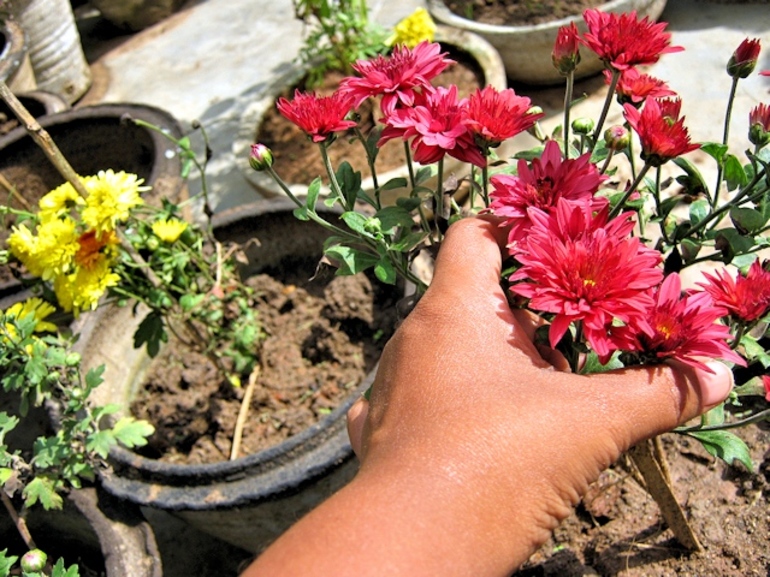
- Large-flowered bouquet: Gazelle, Anna Yaroslavna, Sonechko, Helene and other similar species. These flowers are considerable, their diameter can reach up to 8−10 cm. They tolerate the cold quite poorly. It is better to dig them out and transplant them into greenhouses.
- Small-color Korean: Chamomile, Umka, Everest and others. They tolerate winter well, but without snow and with severe frosts they can freeze. They are allowed to be left in the open ground.
- Multiflora: Natalie, Ares and Trike White and others. Small flowers that are spherical in shape. Pretty low. Bloom very plentifully, but, unfortunately, are very unstable to frost.
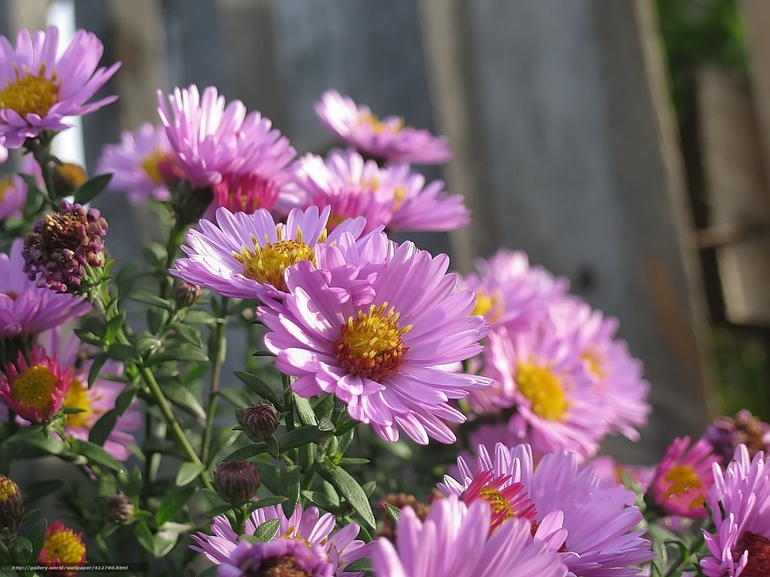 You may be interested in:
You may be interested in:Cold preparation
In general, it is advisable to cover all types of flowers, since the weather in Russia is not always stable and may surprise. This is especially true of the beginning of the autumn-winter period. Colds may begin unexpectedly and the saving snow cover will not have time to fall yet. Then, it is quite possible that some flowers will not tolerate adverse conditions. Therefore, sheltering chrysanthemums for the winter is a guarantee of successful preparation for frost.
The procedure includes the following steps:
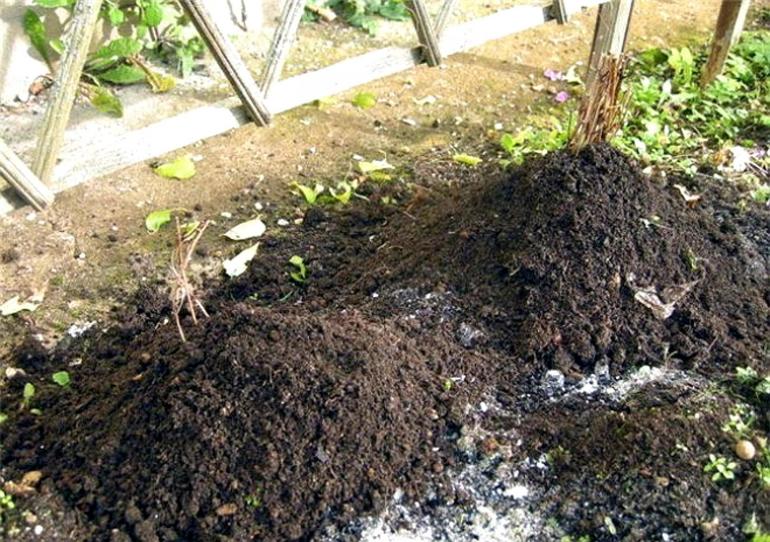
- Feeding. In late August - early September, chrysanthemum bushes must be fertilized with phosphorus-potassium fertilizing. Follow certain proportions, per 1 sq. Km. m you will need: superphosphate (about 45-60 g), potassium sulfate (25-30 g), wood ash (100-150 g). The flowerbed should be properly watered, and then sprinkled with fertilizer granules and on top with earth.
- Pruning. After the flower has finished flowering, the bushes must be pruned. So that the dried out, old and, possibly, pest-affected shoots do not begin to rot under cover, they need to be cut. In addition, short stems need much less nutrients. And to cover them easier. The height can be determined independently, calculating so that the flower fits under the shelter. Approximately 10-15 cm are left. Cutting should be done at right angles. It is best to handle the knife before use.
- Disease prevention. After cutting off damaged or dry shoots, it will be useful to carry out preventive treatment against pests and fungal infections.
Types of Shelters
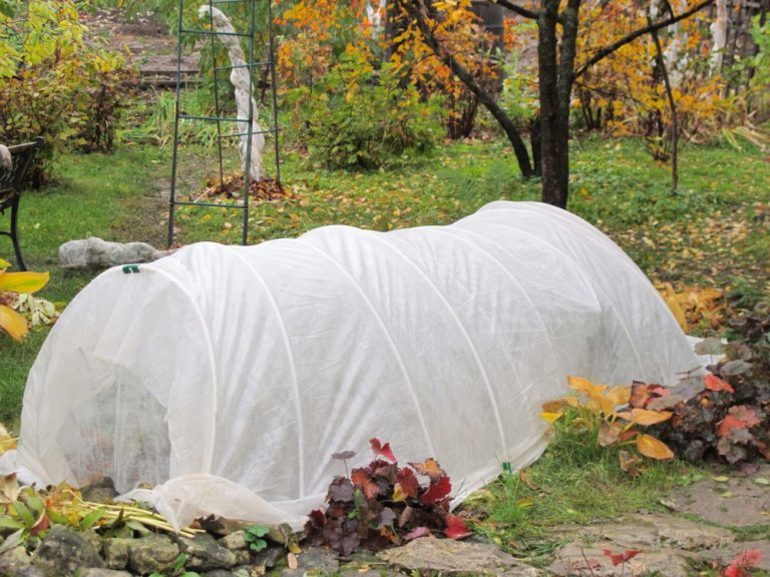
If the region has mild and snowy winters, it is best to use the method of increasing the mulching layer. Mulching is the coating of soil with different materials. Hay, bark, sawdust, paper can be used as natural mulch.For inorganic coating it is permissible to use gravel, stones, sand. For this method, pruning reaches up to 10 cm, and the coating layer should overlap the flower. Before mulching, you have to do hilling, that is, build small walls from the ground, so that it turns out that the flower is in a hole.
In more severe climates, shelter in the trenches is best. Before the soil has time to freeze, you need to dig a small groove. This is required to be done on a dry and fairly elevated place in order to exclude the possibility of flooding. A twenty-centimeter layer of dry sawdust is laid on the bottom. Dug chrysanthemums are placed on this layer. The roots of the flowers are also covered with a layer of sawdust reaching 50 cm. It is important to ensure that the sawdust is dry. Next, the surface is laid out with boards and they are also sprinkled with a layer of sawdust. To maintain dryness, prikop must be covered with plastic wrap.
Another way is to create an air-dry tunnel. This method is used if chrysanthemums are planted in rows. To do this, install plastic or metal arcs. The material to be used for shelter is put on top, preferably in a double layer. For dryness, a plastic film is placed on top. The ends must be made so that it is possible to open / close them. It should be opened during warming, and during frosts it is necessary to close them.
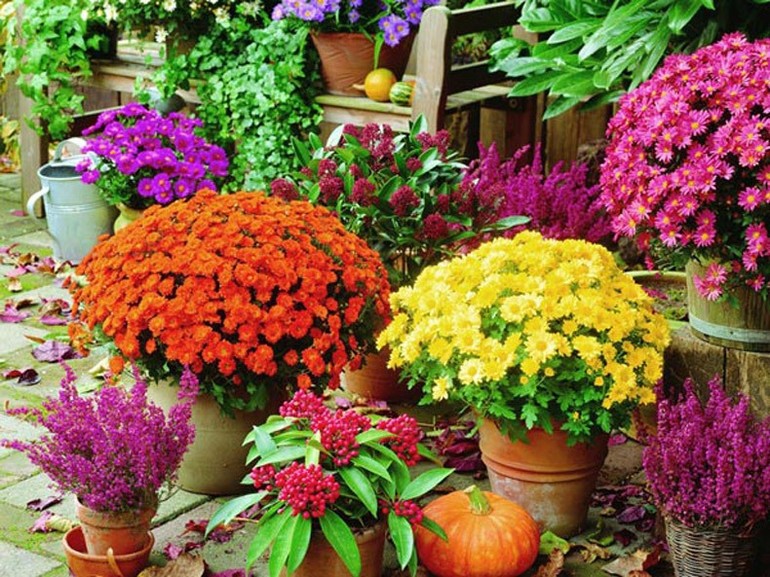
The easiest way is to create a shelter in the open ground. You can leave chrysanthemums to winter in the ground, but then you must first warm them. To do this, use lapnik (spruce branches) or iglishnik (coniferous litter). For dryness, they also cover it with a film, which is pressed down with something heavy for safety.
Flower storage at home
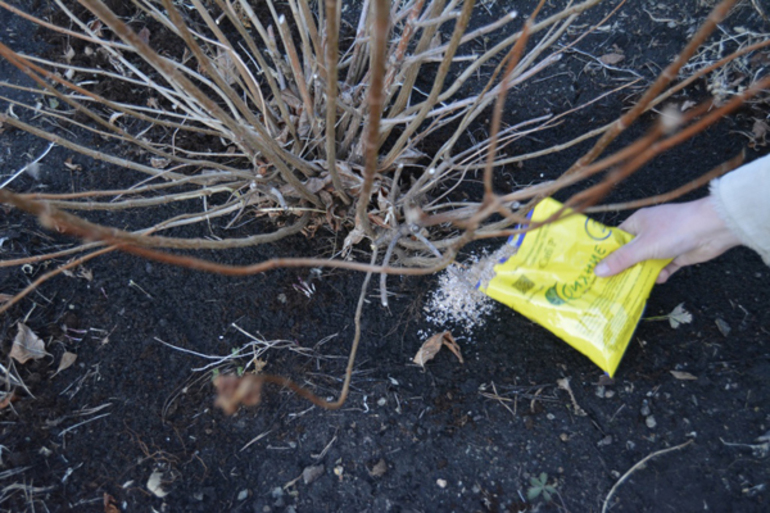
Among experts, there is an opinion that it is required to dig out and clean garden perennial chrysanthemums. Preparing for winter thus has a more positive effect on flowers. In spring, such newly planted flowers begin to bloom faster than those of their counterparts that survived the winter in open ground. In addition, with home wintering, the symptoms of diseases in flowers are noticed earlier, which allows you to immediately start prevention.
Flowers should be dug up with a little soil. Then it can be placed in any container: box or bucket. It is not difficult to choose a place to store such boxes. It is important that the temperature is from 2−9 degrees, and humidity from 75−85%. The earth must be kept moist, but root rot must not be allowed. Soil (peat and coarse sand) is poured into the boxes. And it is also possible to wrap the earth with roots with a damp cloth and place such a bag on the earthen floor in the cellar, periodically watering it.
Main mistakes
Proper preparation for wintering is not so difficult. But for a successful winter experience, it is important to avoid the following miscalculations:
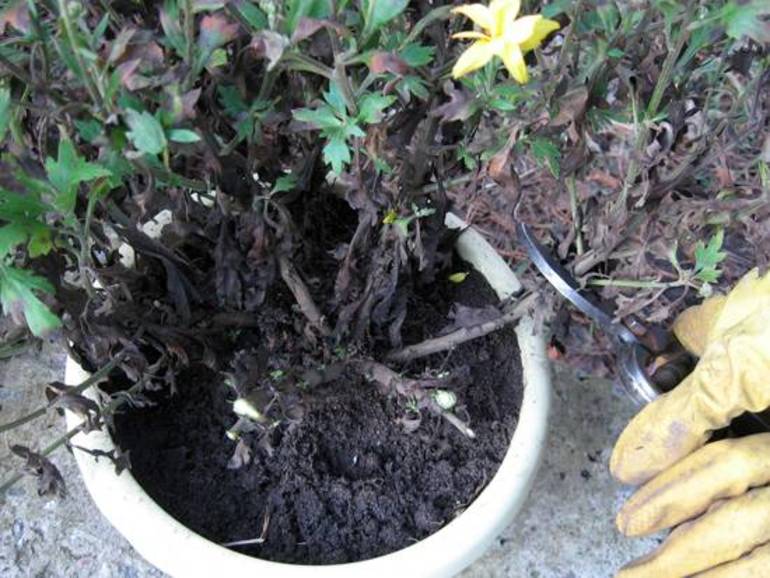
- Incorrect timing to start work. The reference point is usually the first frost. But experts advise to wait a few days so that the flowers have the opportunity to harden a little. So chrysanthemums better withstand the winter. Pruning and other procedures should begin on the fourth day.
- Lack of feed in early autumn. Fertilizers are necessary for flowers so that the roots can accumulate nutrients for the entire cold period.
- Incorrect plant shelter. During the construction of shelters, fallen leaves, straw and construction waste should not be used.These are sources for pests. If you cover the flowers with all this, they will not survive until spring.
- Penetration under cover of water. Do not allow large amounts of water to get on the roots of the flowers, otherwise they may begin to rot.
Preparing chrysanthemums for winter is not such a difficult task if certain rules are followed. Incorrect procedures or errors can cause the flowers to freeze. And the implementation of all recommendations will allow them to bloom again in the spring and delight everyone with their appearance.




 Sow in the ground, without seedlings: 10 beautiful and unpretentious flowers
Sow in the ground, without seedlings: 10 beautiful and unpretentious flowers Platicodon planting and outdoor care
Platicodon planting and outdoor care Hosta - planting and care in the open ground in the Urals
Hosta - planting and care in the open ground in the Urals Oleander - care and growing at home
Oleander - care and growing at home